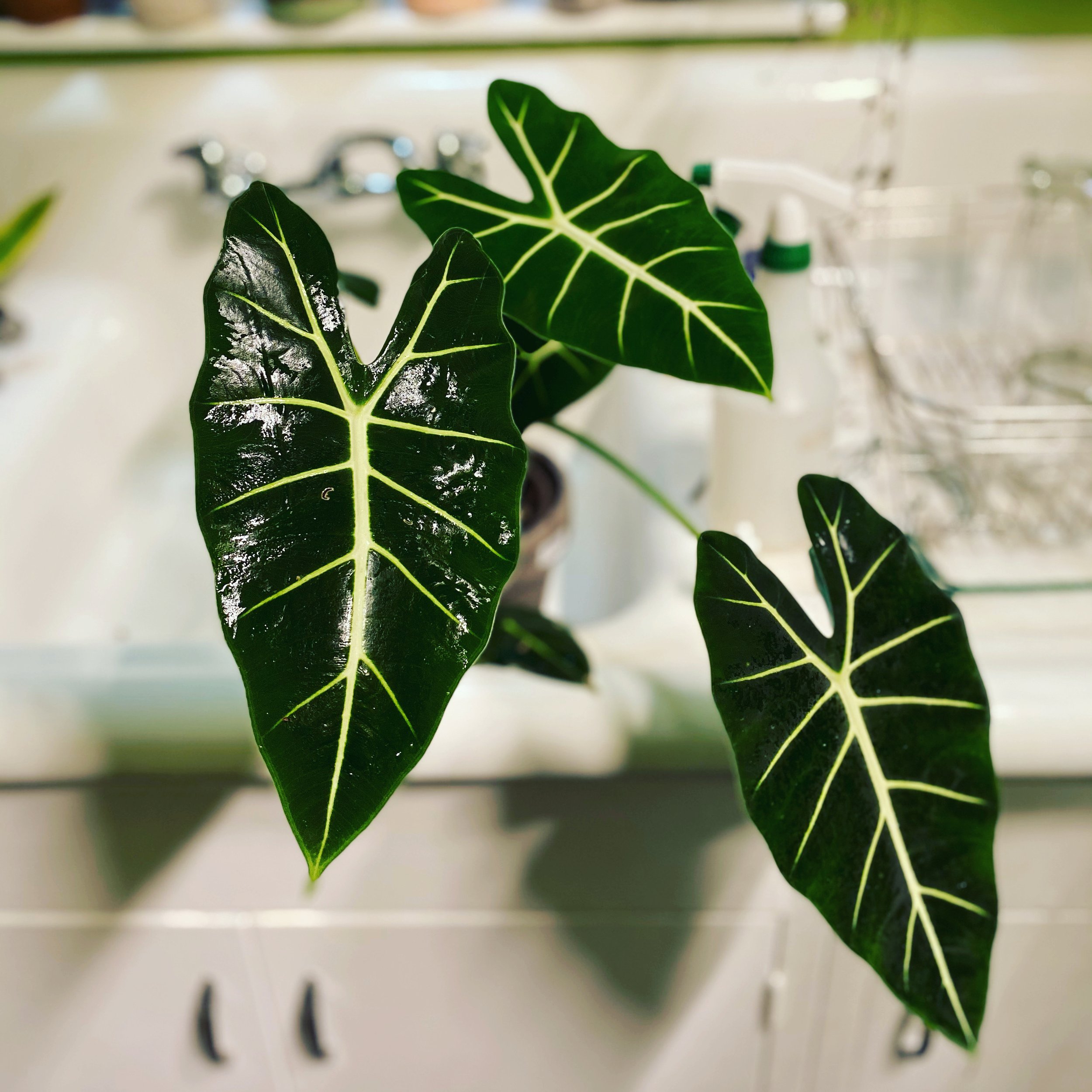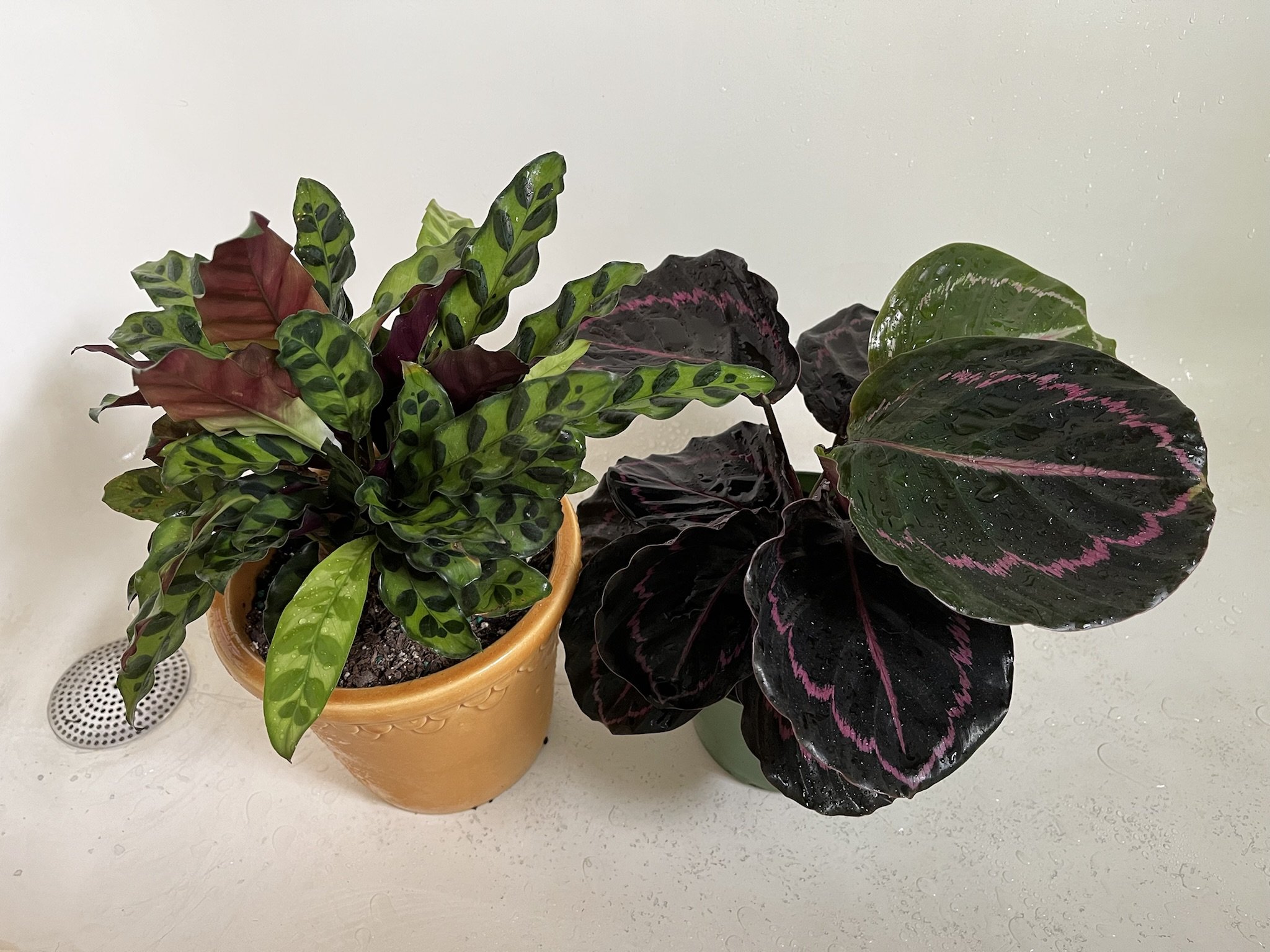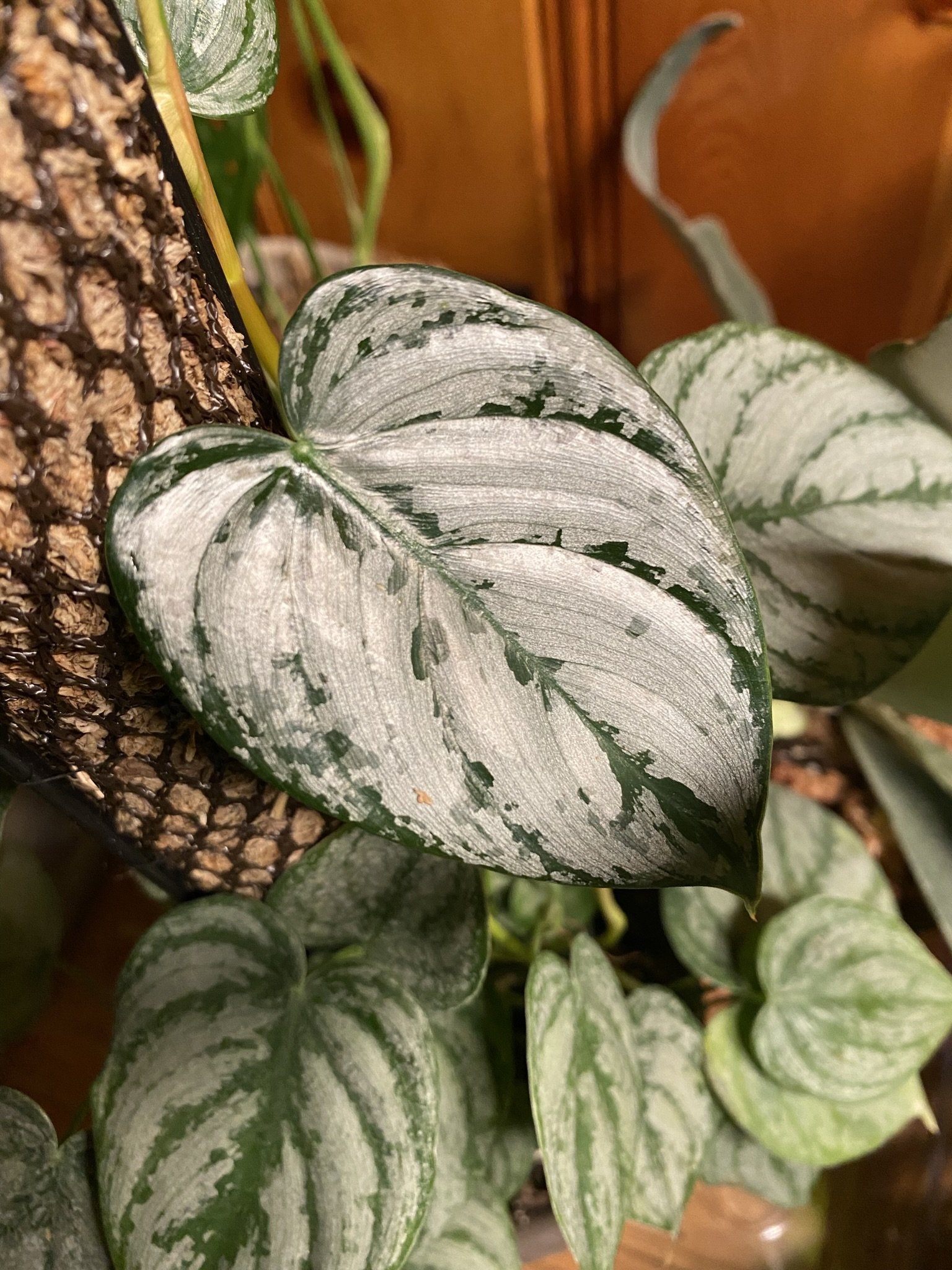Winter Houseplant Tips
Winter can be a tough time for your indoor plants. Their favorite spot by the window is suddenly much colder and shorter days provide less light. Some plants can even be forced into semidormancy. With the heat kicking on, you may find they are drying out quicker than before. Be sure to check the soil regularly and adjust your watering schedule as needed. Forced air can also contribute to increased dust buildup on the leaves.
On top of all that stress, pests can remain active both in the soil and on foliage all winter long. Make sure to check the underside of your leaves for things like thrips and look all around for mite webbing. Treat these as soon as possible with soap or horticultural oil and do your best to isolate infected plants to prevent spreading.
Here are a few easy things you can do this winter to help your plants thrive.
Try to keep plants away from overly drafty windows or doors and away from heat vents and radiators.
Consider adding a grow light to lower light areas that are getting even less light this time of year.
Use humidifiers in spots where plants are clustered to add moisture to the dry air.
Place a heating mat under plants that are more susceptible to cold.
Give your plants a shower!
One of my favorite tips for our customers is to give their plants a good shower. I have a few plants (large Monstera & mounted staghorn ferns) that I do this for just about weekly. Showering them with warm water will give the soil a much needed drench, just make sure your pot is draining well before doing this. It will also knock off any accumulated dust and can even help control some pests. After a 5-10 minute rinse, I will close the curtain to trap humidity and let them sit for a few hours while they drain and take in additional moisture. For smaller plants, you can do this in the sink.
Some popular plants that really appreciate a shower are ferns, pothos, Monstera, Philodendron, Alocasia, Rhaphidophora, and most vining aroids.'
Give these tips a shot and let us know how your plants respond!




